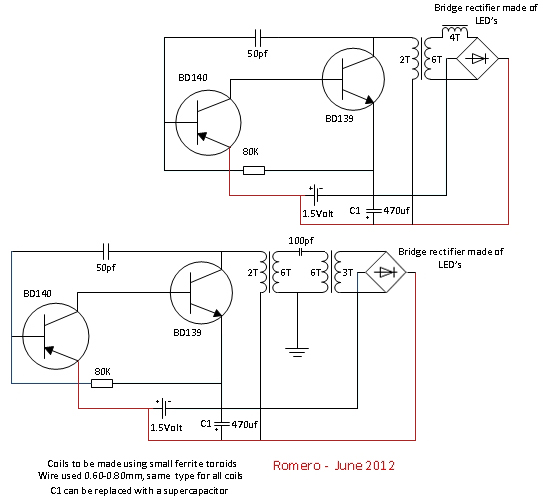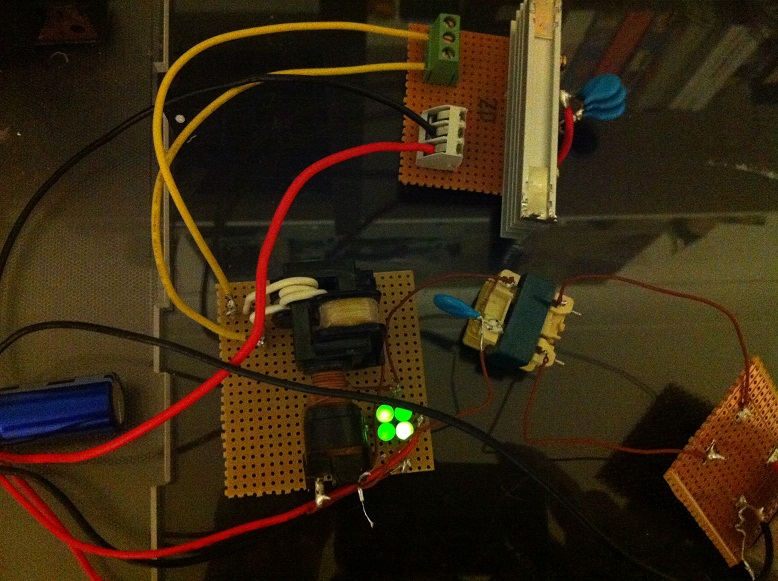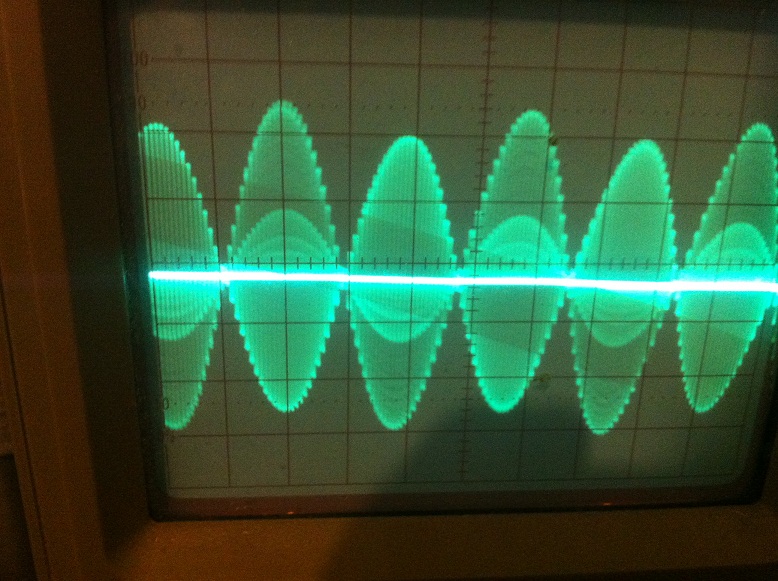Originally posted by drak
View Post
Hi drak!
your circuit and don circuit is right. Do you have rf frequency meters?
don circuit is Rf based and you only can see output not before diodes.
its not tesla circuit.
your scope measures electrical frequency not radio frequency.
i made joule thief and wrongly connected coils not as cw and ccw but cw cw and i could not light the led. i spent 3 days then i remember making short wave transmitter circuit it had same coils cw cw in the oscillatory coil. it needed the radio to see if circuit worked or not. so i tried a radio near the joule thief wound cw cw and when i tuned in i heard sound hissing sound in radio and when i turned off joule thief the sound went away.
then i did one thing i made similar turns single coil on similar ferrite ring and added diode across the two ends and it lit and range was from 6 inches to 50 meters.
later i wound Jt coils as cw and ccw and led lit due to electrical frequency not by radio frequency.
full regards
XILO
(zero voltage input)


















Comment